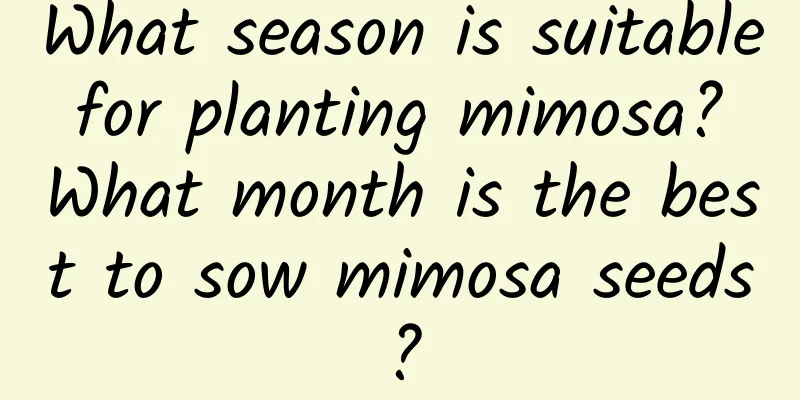How to grow yacon

1. Maintenance methods1. Temperature: It is not very cold-resistant, so the suitable time for planting is around May every year. At the same time, the minimum temperature in the environment should be kept above fifteen degrees. Of course, the best growth temperature is around twenty-five degrees. 2. Watering: To ensure normal growth, the demand for water is relatively high. It needs to be watered in time when it is a seedling, so that it can speed up its growth. At the same time, it also needs to be watered according to the growth period of the plant. When the fruit is about to mature, the amount of water can be increased, which can ensure that the fruit is more hydrated and more tender. 3. Light: Sufficient warm light needs to be provided. Under sufficient light conditions, it will grow faster. At the same time, after absorbing enough light, the fruits of the plant will be larger and the yield will naturally increase. If there is not enough light, the fruits will be smaller and the yield will be regrettable. 4. Fertilization: It is necessary to supplement nutrients and make the soil fertile enough so that relatively strong plants can grow. At the same time, the amount of nitrogen fertilizer needs to be reduced, otherwise the plants will grow too tall, the flowering will be very unsatisfactory, and the yield will be affected. 2. Breeding techniques1. Reproduction: Seedling cultivation is the main method of reproduction. When raising seedlings, choose healthy seeds and then cut them into different small pieces. The weight of each piece needs to be kept at about 30 grams. Each piece needs to have a bud eye. Then you can plant it directly. Pay attention to watering and temperature and wait for germination. 2. Pruning: It does not need pruning because its fruit is ultimately harvested. However, some problems may occur during the cultivation period and will manifest themselves on the branches and leaves, so you can prune them in time. 3. Problem diagnosis and treatment1. Disease: Black spot will affect its fruit, eventually making it inedible, so wettable powder can be used to prevent and control it. 2. Pests: Cutworms may appear and gnaw on the rhizomes, causing serious consequences to the fruits, so you can use a diluted cypermethrin solution to spray them to completely eliminate them. IV. Other issues1. Toxicity: It is non-toxic, has high nutritional value and tastes very good. 2. Can it be raised at home? Not suitable. It is usually raised on the ground as a crop. |
Recommend
The growth environment of vines is suitable for growing
Growing environment conditions of rattan Wisteria...
Dragon fruit planting method
1. Seed Planting 1. Seed collection: Before plant...
Why are the leaves of green radish yellow?
1. Soil culture 1. Too much light: If the light p...
What kind of fertilizer is good for mung bean base fertilizer (base fertilizer application method)
The role of mung bean fertilizer Mung beans have ...
How to grow irises hydroponically? What to do if the roots rot during hydroponics?
1. Hydroponic method 1. Select the plant: In addi...
What to do if the leaves of Mirabilis jalapa wilt
1. Moisture problem Cause: Regarding moisture, th...
Who can I give carnations to?
1. Flower Language 1. White The white one represe...
How to propagate jingping vine
How to propagate the vine Hydroponic propagation ...
What is the reason for the azalea to drop its leaves? Is there any remedy?
1. Remedies for fallen leaves 1. Control water: I...
How to grow roses without soil
Matrix The substrate for soilless cultivation of ...
How to grow potted red sandalwood? Cultivation methods and maintenance matters
How to grow red sandalwood in a pot 1. Temperatur...
What to do if the leaves of Strelitzia turn yellow and crack
what to do If the leaves of Strelitzia reginae cr...
How to care for Cotinus coggygria bonsai
About the making of tree shape Cotinus coggygria ...
How to grow money grass
1. Flower Pot Maybe everyone thinks that flower p...
Can I spray water on Gardenia during its flowering period?
1. Can spray water Because gardenias have relativ...









